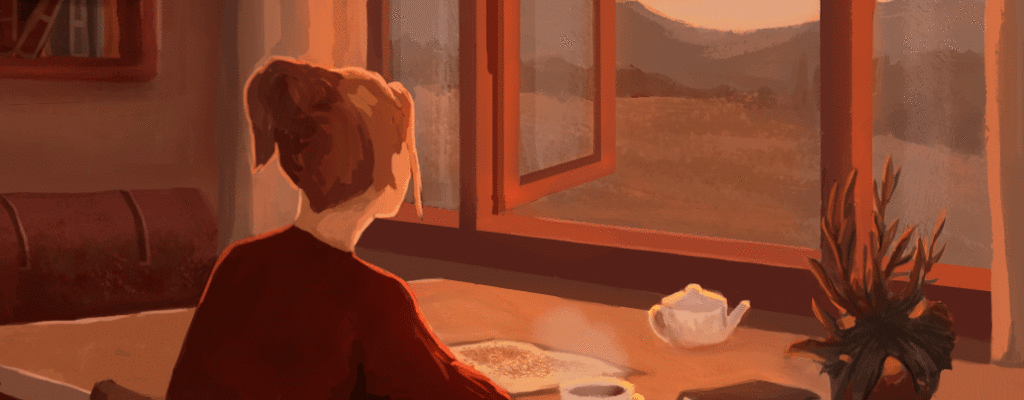One year ago, when the pandemic first took its stronghold, social distancing was a buzzword referring to the measures we must take to prevent community spread. However, almost within a month, people were urged to use the term “physical distancing.” Even if the term did not quite catch on, why was this so significant? Humans are social creatures and living in communities is an important part of our wellbeing. Social distancing seemed to imply we needed to quit engaging with the rest of society and distance ourselves, well, socially.
Physical distancing, on the other hand, allows for social activities and even encourages interacting with others safely. For instance, online communication is meant to be a substitute for in-person gathering. Meeting with friends with masks on but at a safe distance of at least 6 feet apart is not beyond the bounds of physical distancing. Even this small change in wording has a considerable effect on how we interact with the world. Despite the efforts to change the way we frame the safety measures taken in the pandemic, loneliness has been a common, shared experience amongst all ages. Older teens and young adults have been hit the hardest by the loneliness epidemic. Some reports even say that the rate of loneliness amongst younger generations is higher than that of older generations, reversing the pre-pandemic trend.
Currently, many people seem to be going through cycles of social withdrawal and social activity, and many factors influence how people feel about interacting with others right now.
One fellow undergraduate student expressed their feelings about social reintegration. “I recently met up in person with exec board members for my club, but I was more worried about how to interact with them in person than I was excited.” Schools and universities are more than just educational institutions. They serve a larger role by acting as a point of transition to larger society. For some students, school is the center of their social support network. This link has essentially been broken in the age of virtual learning and stay-at-home orders.
Additionally, loneliness itself is difficult to define. However, it can be best summarized as “the feeling of being alone, regardless of the amount of social contact.” In this case, online communication may not be sufficient to reduce these feelings of social isolation.
Another undergraduate echoed similar sentiments about the use of online communication platforms as a replacement for in-person activities. “Many of my friends always wanted to call on Zoom in the beginning, but it always felt forced since we usually had nothing new to add. I think a lot of us realized how much of being friends came from spending so much time together” they said. In fact, in a recent survey by ValuePenguin, 10% of respondents said video chats only make them feel lonelier.
The effects of loneliness do not end at just simply feeling disconnected from society. According to the CDC, social isolation also results in a greatly increased risk of premature death from all causes, not unlike the risk from smoking, obesity, and physical inactivity. In addition to this, it is associated with higher rates of mental illnesses. Due to COVID-19-related distancing, about 25% of women and 30% of men report feeling lonely when they would not otherwise.
To combat these feelings of loneliness and the accompanying feelings of disconnection from society, you can cope in healthier ways:
- Find a new hobby you truly enjoy that focuses your attention on one thing.
- Keep your body physically active and exercise regularly.
- Sleep at the same time each night in order to get consistent rest.
- Engage with small groups of people in a physically distanced setting.
- Take frequent breaks from upsetting news and social media scrolling.
- Seek help if you feel extremely overwhelmed.
A trap to avoid falling into, especially in the age of social media, is the idealized or stereotypical “self-care.” We tend to perceive self-care to be limited to the posts we see, when actually it looks different for everyone. The one thing that has helped me the most in truly finding peace in an activity is to remember that I am doing this for myself and not anyone else. For some people, this might actually look like a spa day with face masks and warm baths. But for me, a self-care night means cooking dinner with my sister and eating it over our favorite k-drama.
While it’s important to “distance,” that doesn’t mean we need to become socially disconnected from our community. Ironically, in the epidemic of loneliness, we are not alone. We need each other more than ever to get through these challenging times.
Featured Image by Nikita Ermakov

Leave a Reply